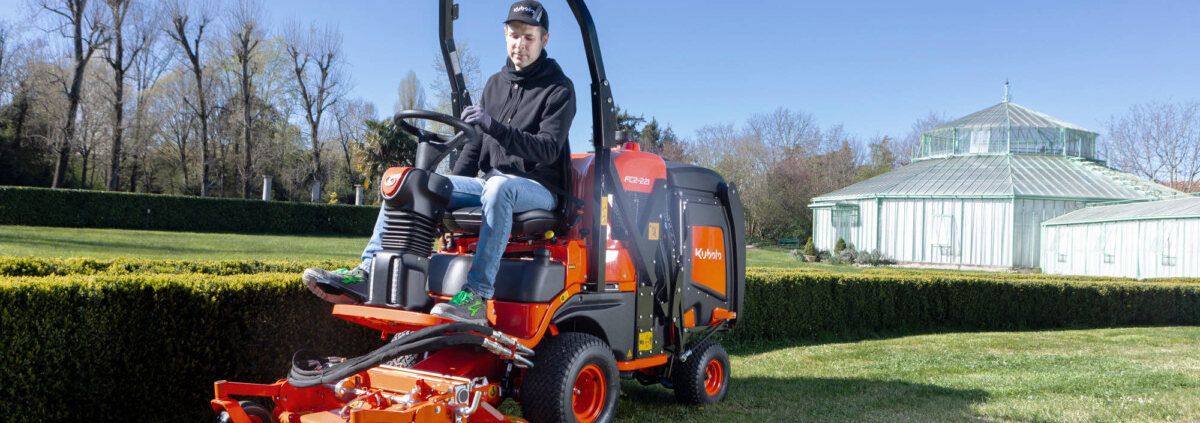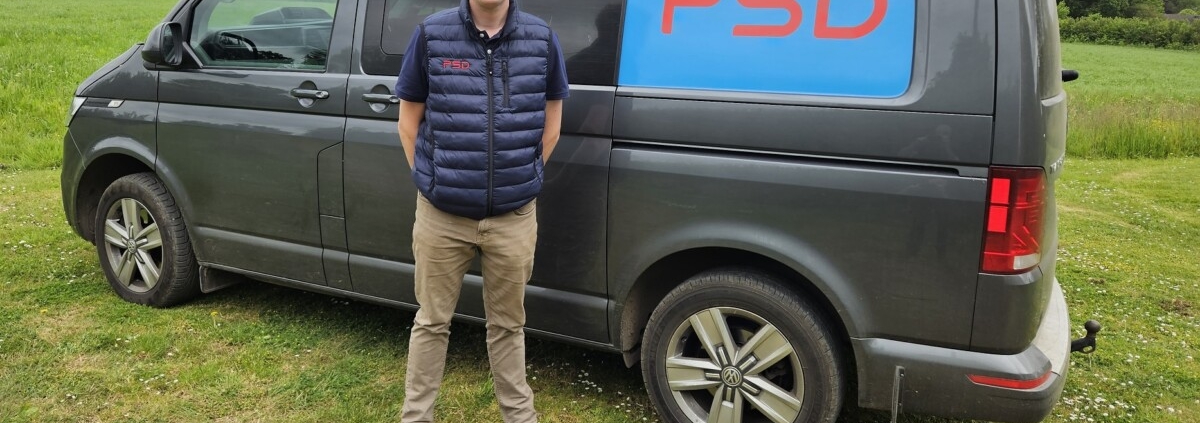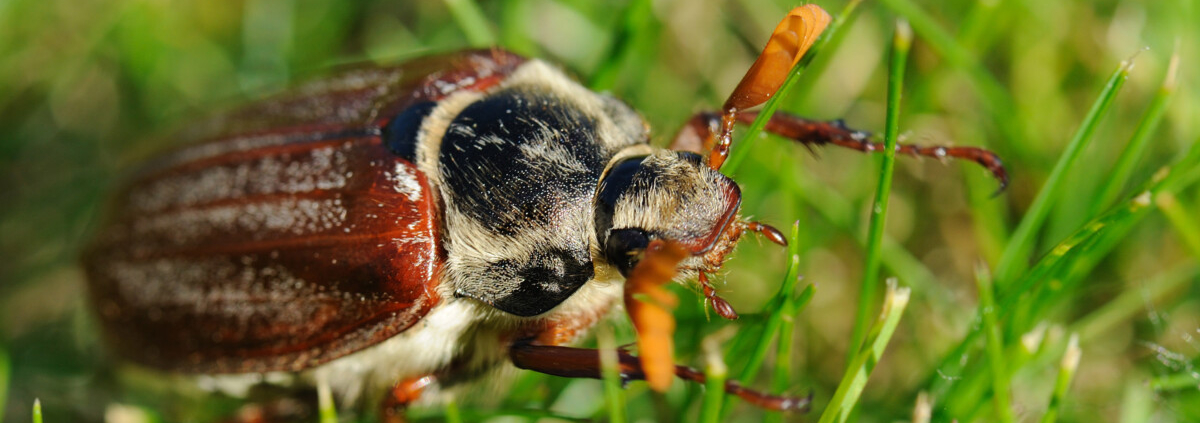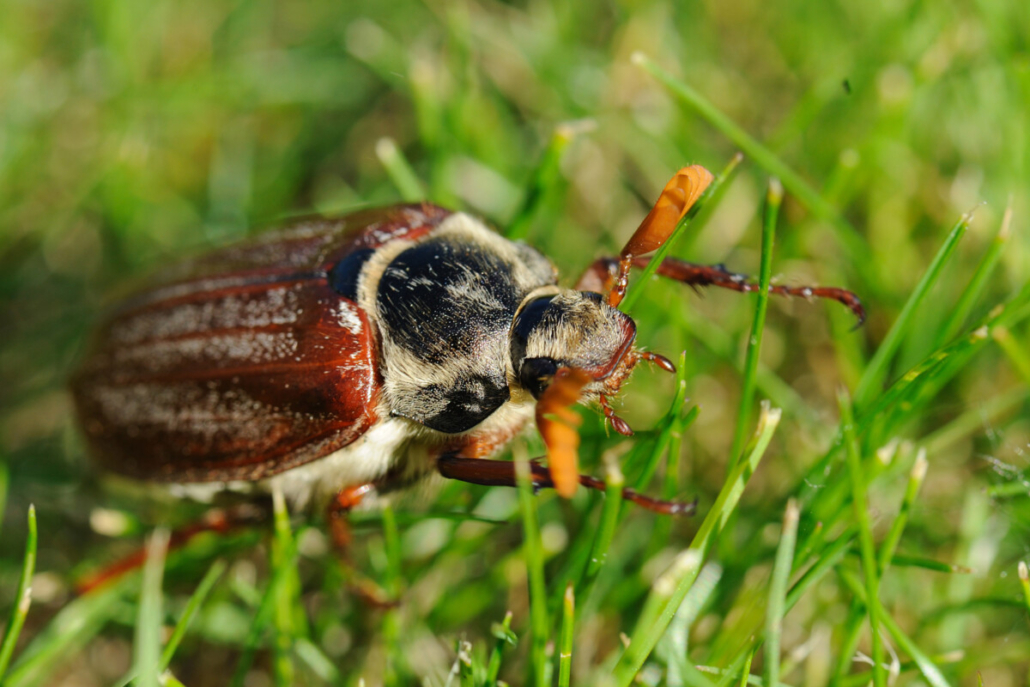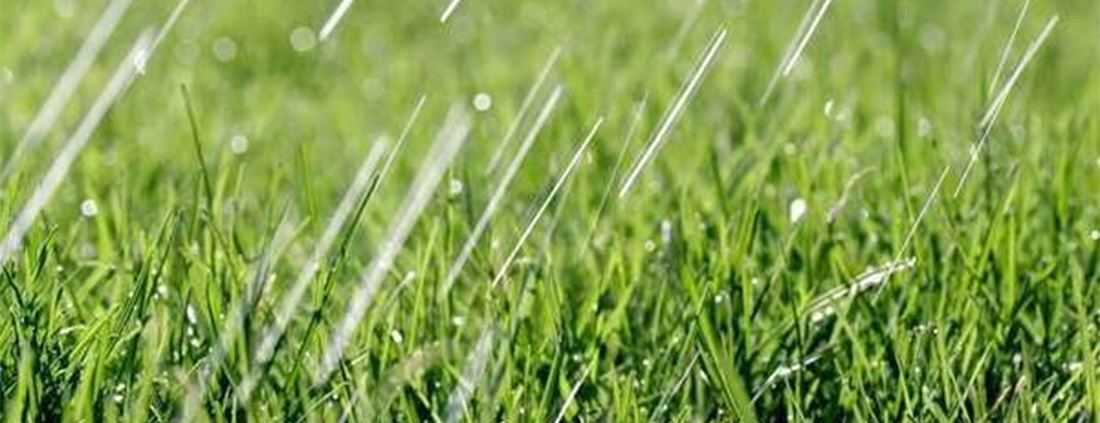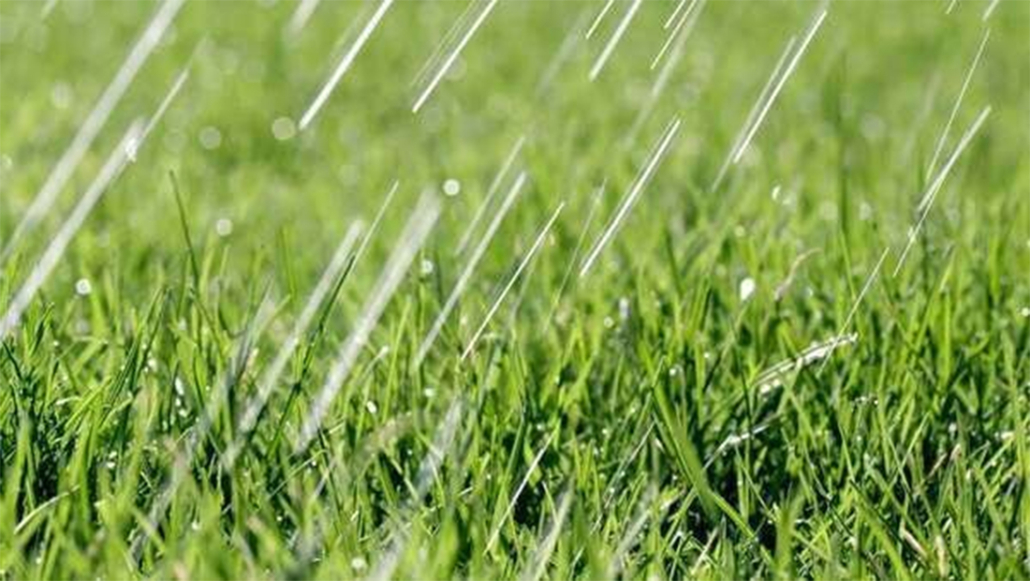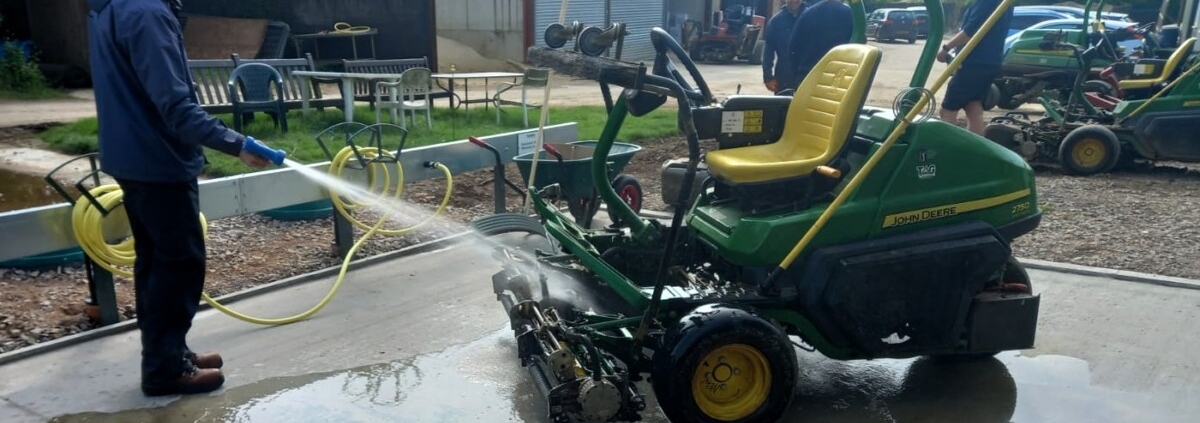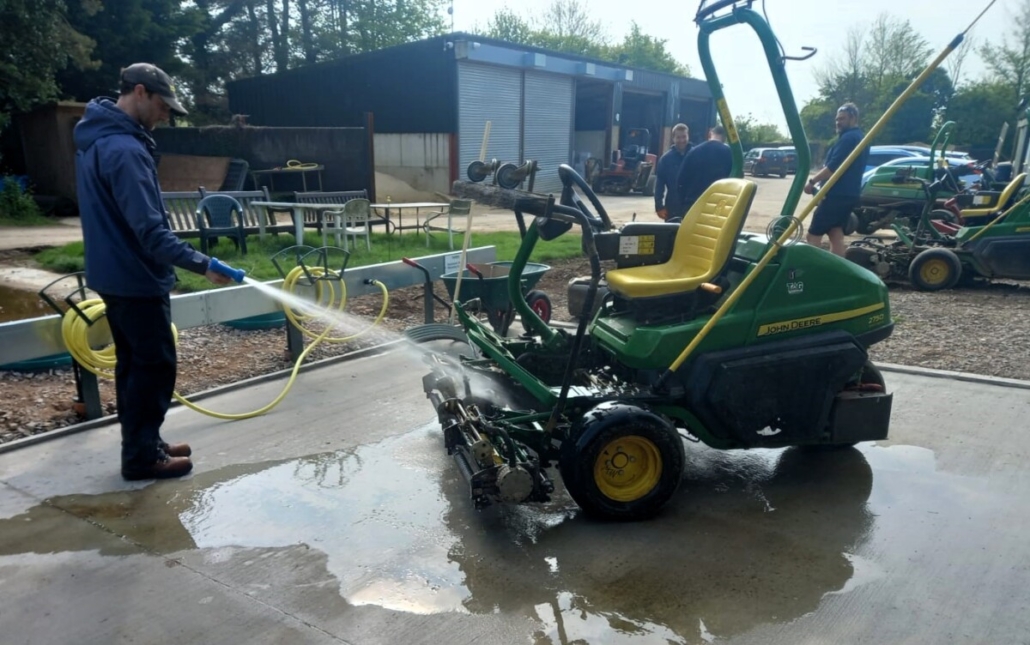FC2-221 becomes latest Kubota addition
FC2-221 becomes latest Kubota addition: The newest addition to Kubota’s Front Collect mower series features a simplified design, complementing the professional-grade models currently available in the Front Collect range.
Operation and comfort
The primary objective with the FC2-221 was to create a machine that brings simplicity to the existing range. Significant design changes have led to a notable reduction in the number of wearing parts and maintenance needs, while the operating platform now features a more traditional and user-friendly layout.

FC2-221 becomes latest Kubota addition
With a 480-litre grass collector, you can easily cut and empty large quantities of grass into trailers or existing heaps – with the raising, lowering and tipping functions of the FC2-221’s high-lift feature easily operated with a single lever.The FC2-221 offers the option of a rotary deck (112cm/44”) or a flail deck (110cm/43”). The rotary deck features twin rotors with overlapping blades for precision cutting, while the flail deck offers various cutting blade options to suit different conditions and applications. The latter option also comes with the patented “Smart System” of blade removal, incorporating an innovative magnetic pin for swift and effortless blade changes.
Performance
The FC2-221 is powered by a Kubota D902 engine producing 22hp/16.2kw. The size and weight of the engine fits perfectly into the dimensional design criteria and has abundant power to perform all operations, even in more demanding environments.
Additionally, it incorporates the patented HST transmission to maintain consistent traction on all four wheels while turning, preventing damage to the turf caused by skidding or slipping.
Kubota’s reputation for dependability and reliability is upheld in the FC2-221, with the majority of its components manufactured in-house. This ensures internal quality control measures and reduces reliance on external suppliers.
Application
The FC2-221’s compact size and straightforward design makes it a versatile option for operators of any skill level, ideal for the effective upkeep of lawns, paddocks and other areas where larger machines would struggle. Its size also facilitates easy transportation in a van or on trailer, making it easier for professional users to move it from site to site. The lighter weight also substantially prolongs the operational season, while guaranteeing peak performance and optimal results.
For the latest industry news visit turfmatters.co.uk/news
Get all of the big headlines, pictures, opinions and videos on stories that matter to you.
Follow us on Twitter and Instagram for fun, fresh and engaging content.
You can also find us on Facebook for more of your must-see news, features, videos and pictures from Turf Matters.

